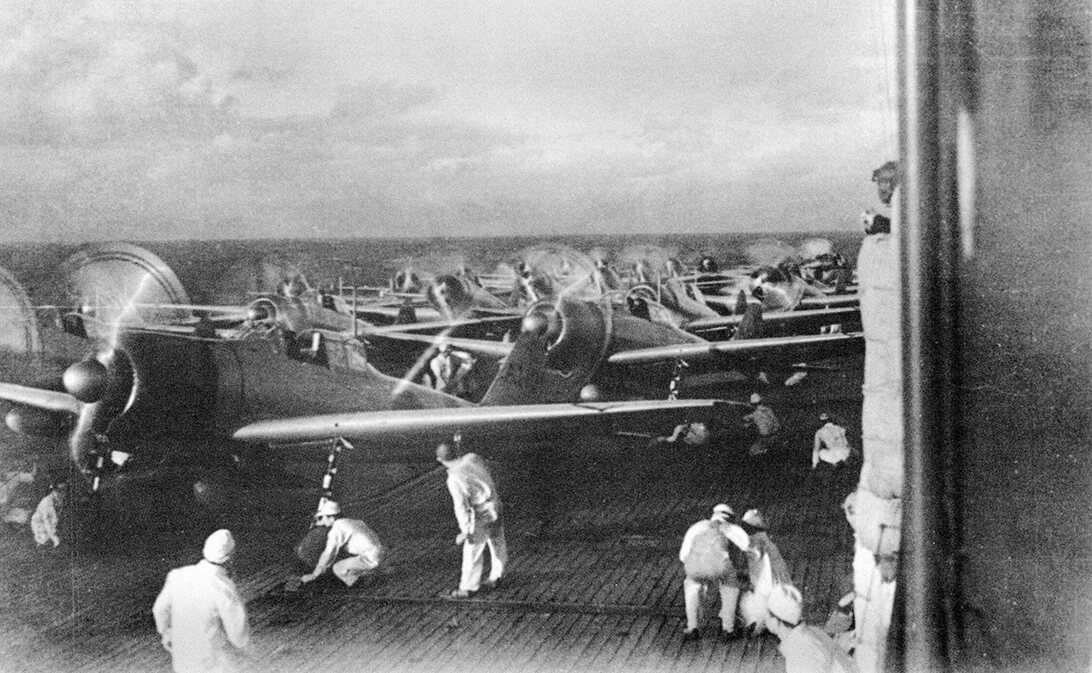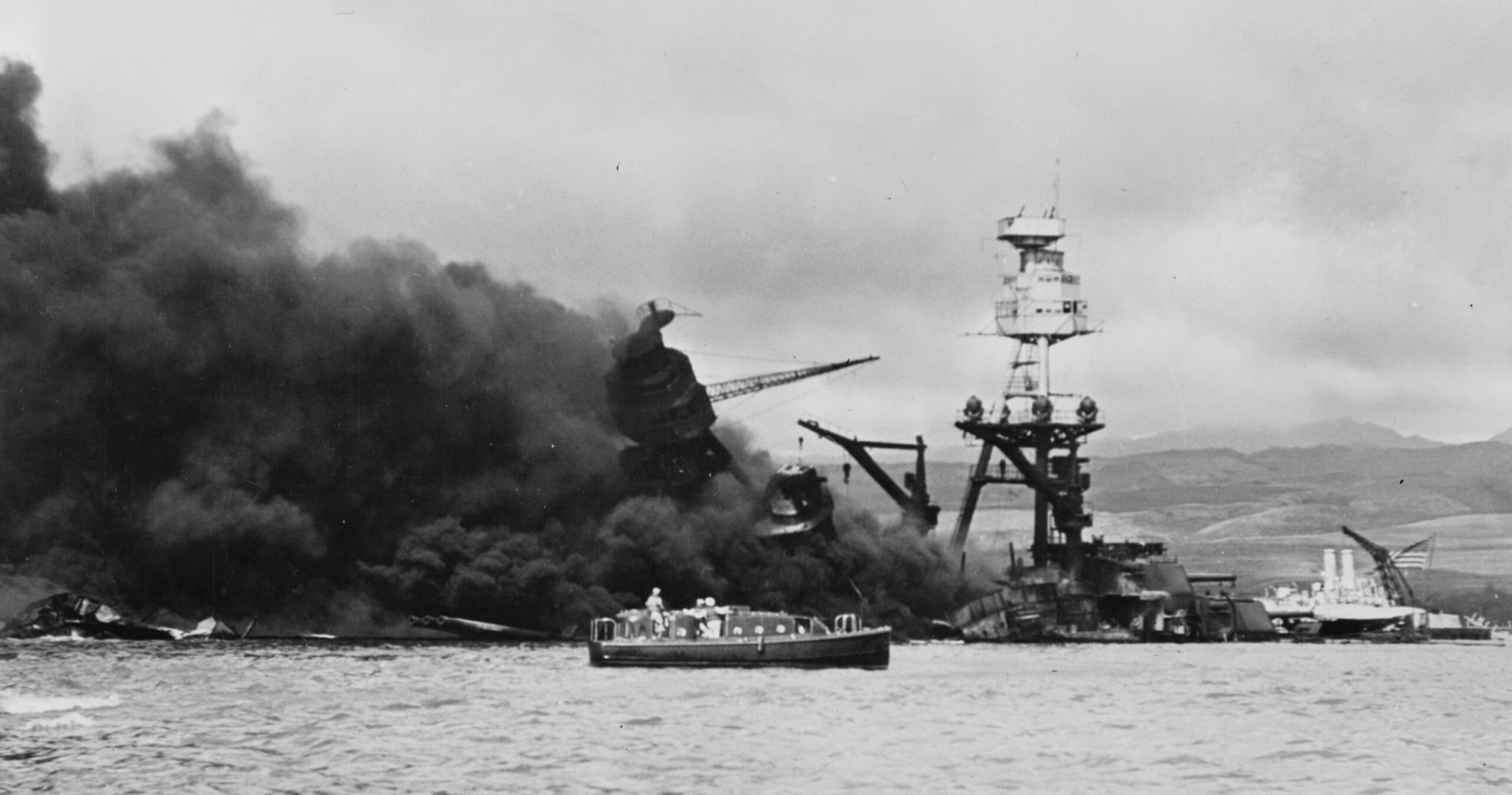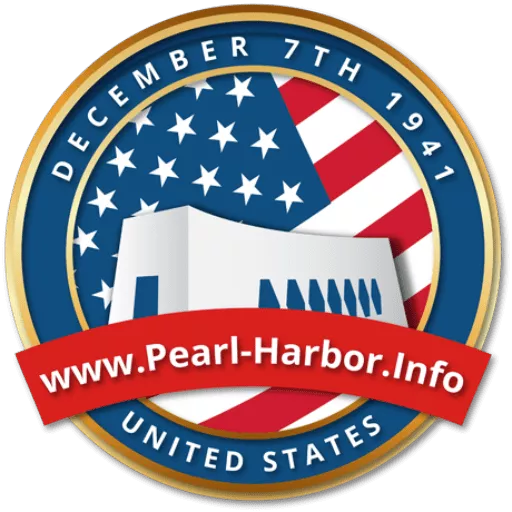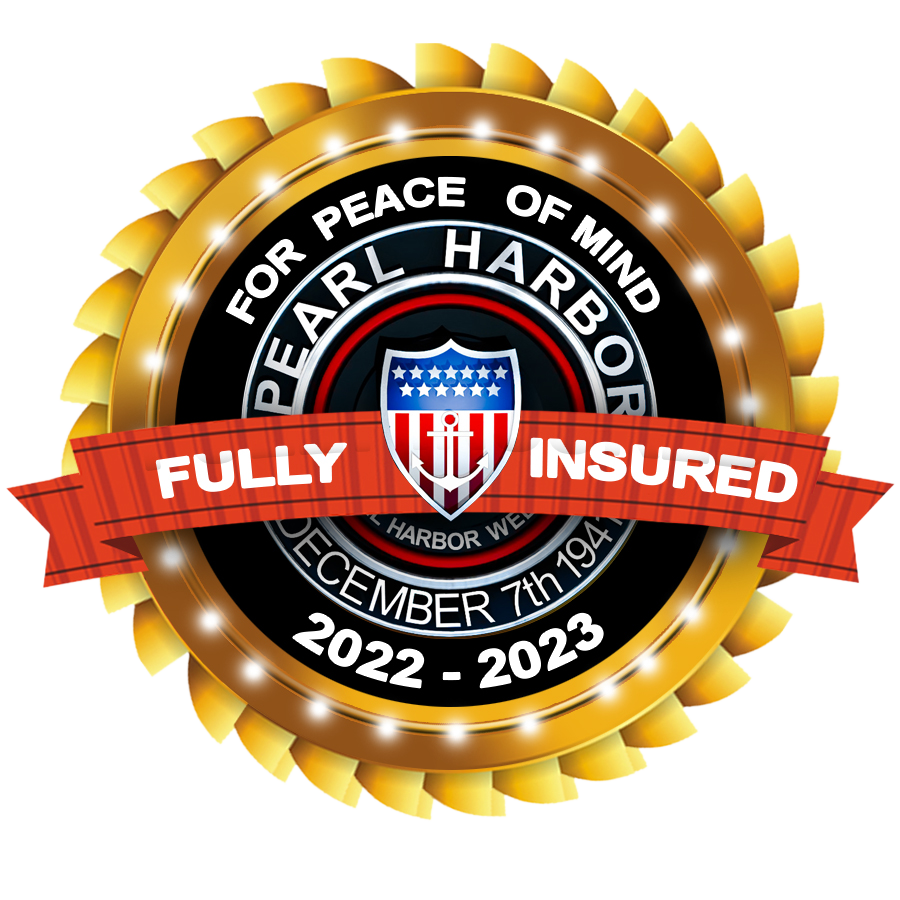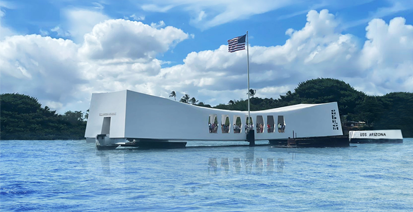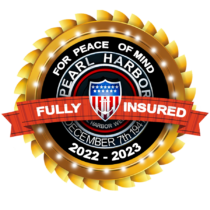At 7:49 AM on a quiet Sunday morning, Japanese aircraft commenced an attack on the US Pacific Fleet at
Pearl Harbor. The attack, which brought the United States into what would be called WWII, was a surprise attack. There were a large number of U.S. casualties in the Pearl Habor Attack. In total, there were 2,335 US service members killed and 1,143 wounded. Around half of them, 1,177, were killed when the USS Arizona exploded due to her ammunition magazines being set off by a Japanese bomb. While the attack lasted 90 minutes from start to finish, the planning for this attack began months before. The
attack on Pearl Harbor was inspired by the Royal Navy of the United Kingdom. On the night of November 11-12, 1940, aircraft from the Fleet Air Arm attacked the Italian Fleet at anchor in the port of Taranto. The attack was a resounding success; three Italian battleships were damaged, as well as
other ships, significantly weakening the Italian Navy for some time. This was a resounding victory for the United Kingdom. However, another power on the other side of the world that had aircraft carriers of its own was watching. Tensions between the United States and the Empire of Japan had been rising due to Japan’s war against the Republic of China. The last straw for Japan came when the United States cut off its shipments of scrap iron and oil. Cut off from vital raw materials critical to Japan’s war in China. The
Japanese government decided to attack the US base at
Pearl Harbor in order to allow Japan to take British and Dutch holdings in Asia without fear of US intervention. Japan had sent a delegation to Washington, D.C., for negotiations though most did not have high hopes that the talks would accomplish much. Meanwhile, planning for the attack began in the Spring of 1941 with the understanding that war was unavoidable. The architect of the attack was Admiral Isoroku Yamamoto. He reluctantly took on the task of
planning the attack on Pearl Harbor. The planning and training were undertaken in secrecy using a similar bay in Japan.
